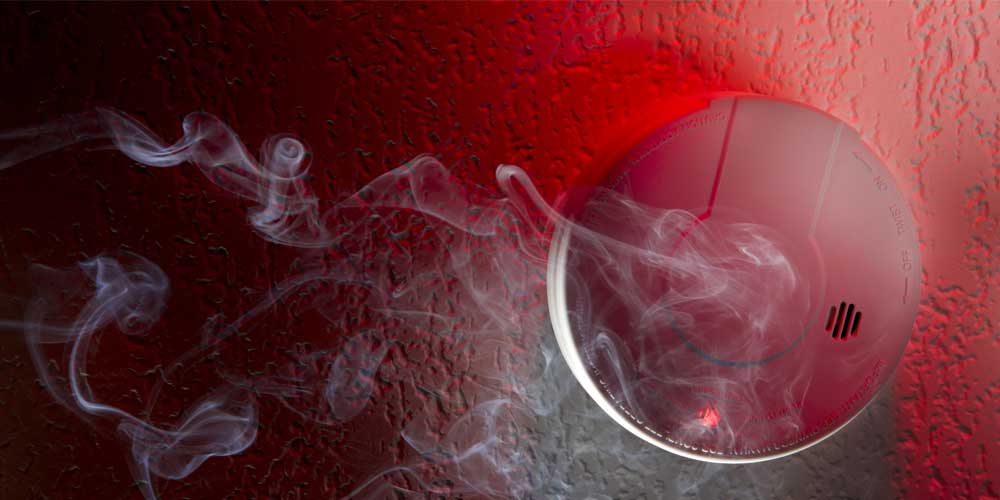
Springtime Fire Safety
It is that time of year again, where we all lose an hour in our day. The good news is that we also gain an hour of daylight, and it means that warmer weather is just around the corner.
Many organizations including the National Fire Protection Association (NFPA) suggest taking the time to also check smoke alarms. The NFPA states:
Roughly two-thirds of home fire deaths occur in homes with no smoke alarms or working smoke alarms. When smoke alarms should have worked but failed to operate, it is usually because batteries were missing, disconnected, or dead. NFPA provides the following guidelines around smoke alarms:
- Test smoke alarms at least once a month using the test button.
- Make sure everyone in the home understands the sound of the smoke alarm and knows how to respond.
- Replace all smoke alarms when they are 10 years old.
- Replace the smoke alarm immediately if it doesn’t respond properly when tested.
- Smoke alarms with nonreplaceable (long-life) batteries are designed to remain effective for up to 10 years. If the alarm chirps, a warning that the battery is low, replace the entire smoke alarm right away.
- For smoke alarms with any other type of battery, replace batteries at least once a year. If the alarm chirps, replace only the battery.
Fire Extinguishers
Also, take time to make sure your fire extinguishers are in good working order. If they are in a business, ensure that inspections are up-to-date. The NFPA provides the following guidance regarding the use of an extinguisher:
Safety tips
- Use a portable fire extinguisher when the fire is confined to a small area, such as a wastebasket, and is not growing; everyone has exited the building; the fire department has been called or is being called; and the room is not filled with smoke.
- To operate a fire extinguisher, remember the word PASS:
- Pull the pin. Hold the extinguisher with the nozzle pointing away from you, and release the locking mechanism.
- Aim low. Point the extinguisher at the base of the fire.
- Squeeze the lever slowly and evenly.
- Sweep the nozzle from side-to-side.
- For the home, select a multi-purpose extinguisher (can be used on all types of home fires) that is large enough to put out a small fire, but not so heavy as to be difficult to handle.
- Choose a fire extinguisher that carries the label of an independent testing laboratory.
- Read the instructions that come with the fire extinguisher and become familiar with its parts and operation before a fire breaks out. Local fire departments or fire equipment distributors often offer hands-on fire extinguisher trainings.
- Install fire extinguishers close to an exit and keep your back to a clear exit when you use the device so you can make an easy escape if the fire cannot be controlled. If the room fills with smoke, leave immediately.
- Know when to go.
http://www.nfpa.org/public-education/by-topic/fire-and-life-safety-equipment/fire-extinguishers






 ICC USA
ICC USA ICC Canada
ICC Canada
Safety is a major concern in a business. The employees working in a workplace needs health and safety. Fire and Safety Courses will teach them how they should act in place of emergency and how to avoid any major issues.